Crane Lifting Safety Procedure discusses Occupational Health and Safety related Managements OH&S in crane lifting at construction projects, to provide practical guidance to avoid or reduce the risk to the health and safety of employees and construction workers involved in structural Lifting/Erection work, the public in the vicinity.
Also, Read: Environment Health and Safety(EHS)
Crane Lifting Hazards:
The main hazards risking the health and safety of workers in construction erection are but not limited to:
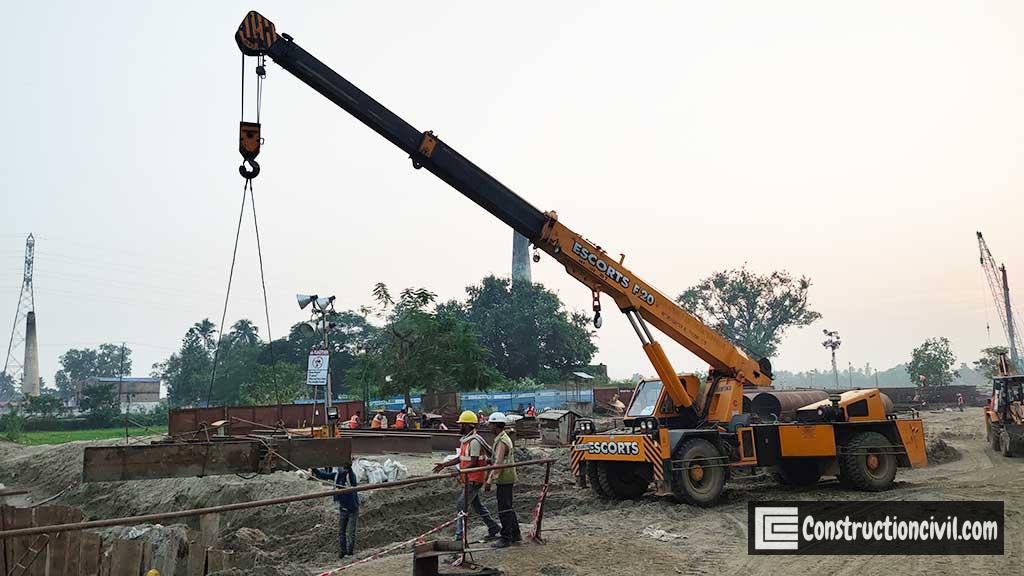
- Crane tipping over
- Load hitting any plant facility
- Falling of load from heights
- Injury from crane machinery
- Exposure to excess heat
- Exposure to vibration
- Asphyxiation in confined space
- Unskilled manpower
- Collapse of the structure
Occupational Health and Safety for Crane Lifting:
- To provide a safe environment of work and to ensure compliance with current legislation and relevant Occupational Health and Safety (OH&S) measure crane lifting safety Procedure has been developed and is to be implemented by every member of the bridge construction team involved in lifting operation.
- It is vital that a competent/responsible person correctly plans all crane lifting operations concerning this safety procedure.
- The plan prepared by a qualified/reliable person or a team is to be followed by everyone involved in the process.
- Before any lifting work, the plan is to be read and understood by all team members involved in the crane lifting operation.
- All team members must be confident that they can fulfil their duties, especially when jobs may need to be carried out at height.
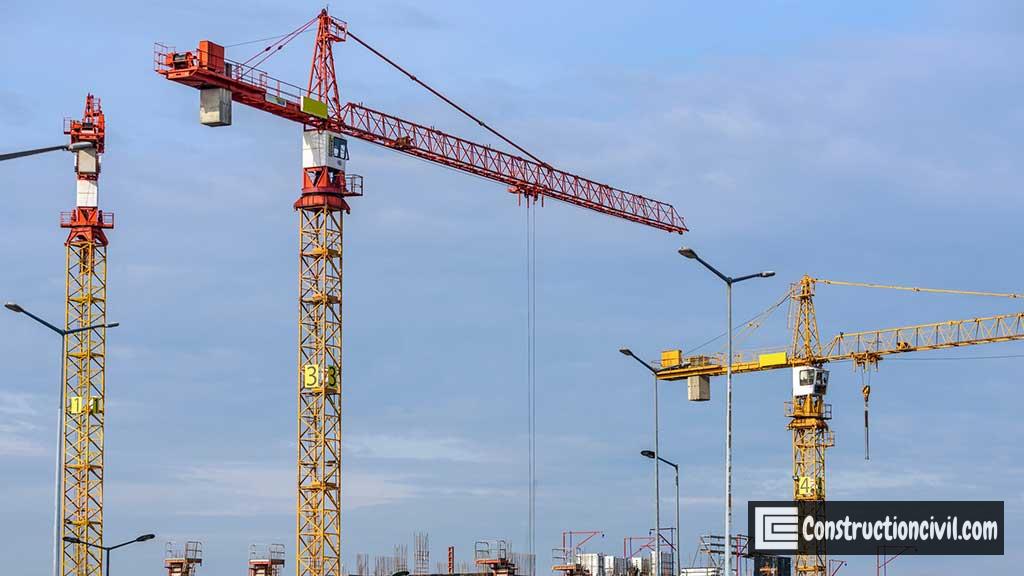
Also, Read: What is Prestressing of Concrete? – Method with Calculation
Crane Lifting Safety Procedure as per Occupational Health and Safety:
Crane lifting safety shall be ensured as per the safety manual, and the manual should include information on the following:
- Personnel Safety guideline
- Site training guide of the team for operating the Launching Girder.
- Use of Personal Protective Equipment(PPE), i.e. safety boots, safety nets, safety helmets etc.
- Respective approved suppliers shall supply all the personal protective equipment
- Safety during lifting of parts and equipment
- Safety during the use of flame cutter and welding sets during erection
- Protection against Stormwind/Emergency conditions
- Crane lifting safety precautions to be executed while working in the vicinity of high power cables, overhead electric lines
- Safety manuals for machines/equipment/materials
- Details of routine/Periodic maintenance, test and measure
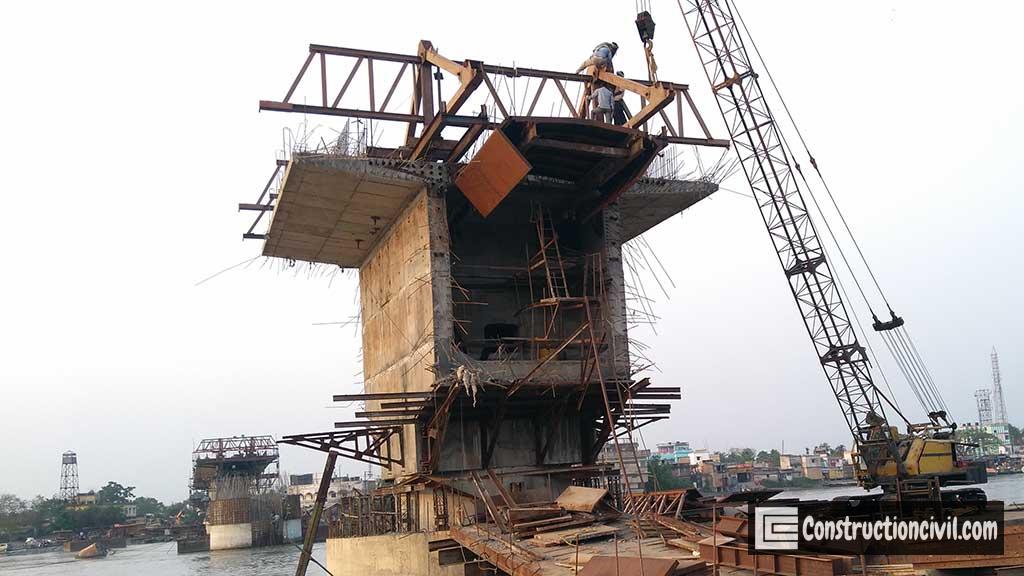
Activity/Task Involved in Crane Lifting Safety Procedure:
Crane Lifting Safety Procedure involved during, erection and dismantling are as follows:
- Selection of Crane and suitable platform.
- Operator Competency.
- Selection of Lifting tools and tackles with valid third-party test certificates.
- Preparation for crane placement.
- Placement of materials/Storage.
- Transportation, lifting and unloading.
Manpower competency and Training Under Crane Lifting Safety Procedure:
- Trade test record and experience shall be one of the indicators during the selection and deployment of manpower. Experience certificate shall be checked and trade test to be conducted if required or in case of any doubt.
- Experts/workers shall be identified, and training shall be provided. The team shall be comprised of experienced engineers, operator, electricians, crane operator, helpers, erection foreman, and khalasis etc.
- The emergency briefing by safety Engineer shall be given to all personnel prior to the start of the activity, and it is an essential part of the crane lifting Safety procedure.
- The mock drill shall be conducted for all identified emergency scenarios.
- Training needs shall be identified by work in charge, and training matrix to be prepare and training imparted.
- All training record shall be maintained properly as per Crane Lifting Safety Procedure.
- Persons engaged for assembly, erection, and dismantling shall undergo safety induction.
- Concern department shall maintain all the training and fitness-related data properly.

Working at Height– Crane Lifting Safety Procedure:
The following safety precautions for crane lifting operation must be followed during working at height.
- Safe access and egress shall be made to reach the location.
- The area below the height work shall be barricaded to restrict unauthorized entry during lifting.
- The work permit shall be issued for a single shift only.
- Proper arrangement of the working platform with a toe guard to be made
- PPE’s like safety harness, helmet, safety shoes, welding shield, goggles etc. shall be provided.
- Safety net to be installed as per drawing and standard to avoid any kind of mishap.
Lifting Platform – Crane Lifting Safety Procedure:
Lifting platform is a very crucial part of crane lifting safety Procedure, and during construction, it is essential to follow all the safety precautions for crane lifting.
- The platform must have handrails and toe boards.
- All planks should be of 50mm in thick and checked by a competent person.
- The platform should be covered properly with safety nets.
- Access ladder shall be provided to climb up/down from the platform.
- Condition of the platform shall be checked periodically by Health Safety and Environment (HSE) personnel and replace/repair in case of any damage.

Control Measures of Lifting Equipment, Tools & Tackles:
- Passenger cage and material lifting bucket must be the third party certified with a valid inspection certificate.
- All lifting tools & tackles must be visually checked before use for any damage.
- Valid test certificate shall be available for all the lifting Cranes, and lifting tools tackles, accessories and lifting appliances, plays a vital role in the crane lifting safety procedure.
- Safe Load Indicator(SLI) shall be calibrated and tested.
- Safe Working Load(SWL) of the crane shall be mentioned on both side of the crane, and it should be properly visible.
- Load chart shall be displayed on the machinery.
- Automatic Safe Load Indicator(ASLI) must be operative, and the crane operator must not lift any load out of the load chart limit.
- Proper wooden blocks should be used under the crane outriggers to distribute and transfer the load.
- Do not position the crane outriggers near any soft or week soil surface.
- Two riggers must be deployed for guiding the crane from the front and back.
- Lifting equipment shall be jointly inspected by plant and safety personnel before the start of work. This inspection shall be done daily, and a checklist for the same shall be followed and maintain all record.
- Standby maintenance team shall be identified and available at the site during erection.
- Always provide barricades and proper signage to prevent unauthorized movement.
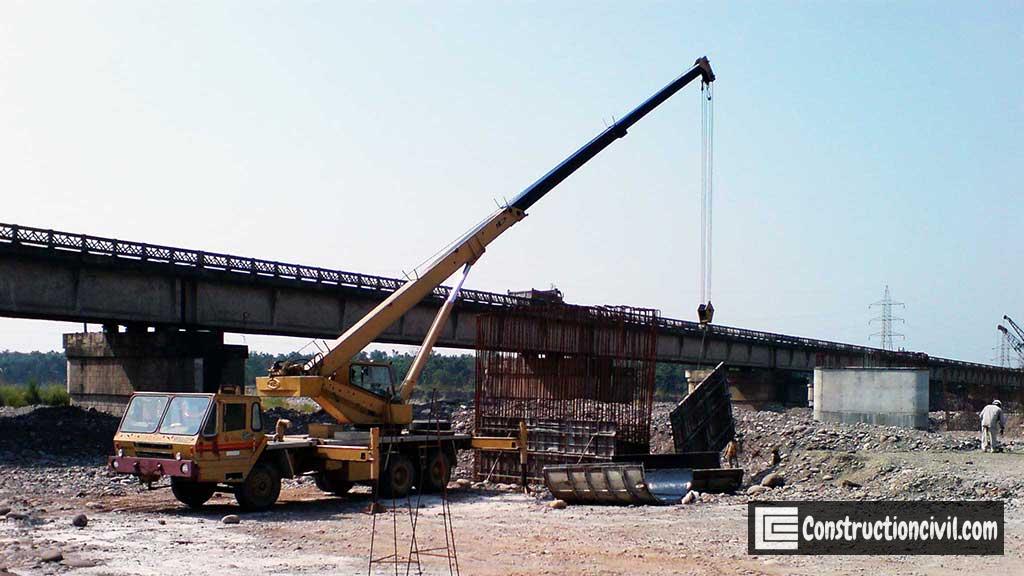
Crane Lifting & Weather Factors:
- There are different climate factors such as a rainstorm, high wind, and extreme hot that must be considered during the planning stage, and necessary arrangement should be available at the site if required.
- Gather information about weather from the authorized agency and perform the job accordingly.
- Crane lifting is not suitable when wind speed exceeds 25 knots.





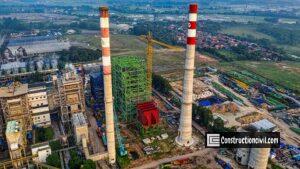

Thanks for sharing such great information. Whether you are planning to upgrade or modernize an older crane system, your primary objective should be to offer enhanced safety to the operator and the pedestrians. Thanks to the latest technologies in the market, the overhead crane hazards can be greatly reduced and enhance production processes. There are several types of equipment that can be used to eliminate the chances of accidents.